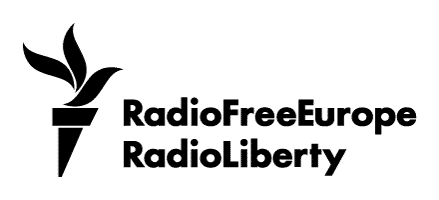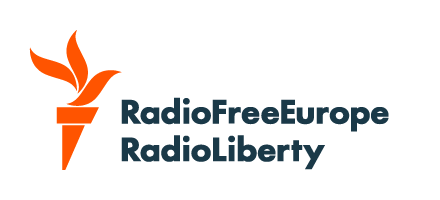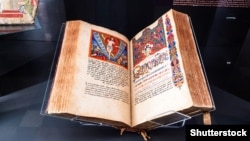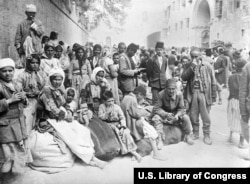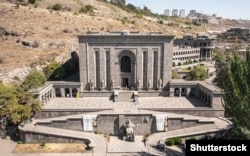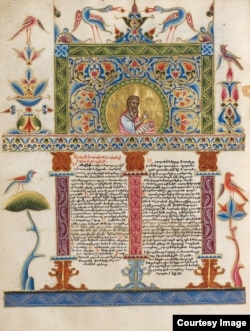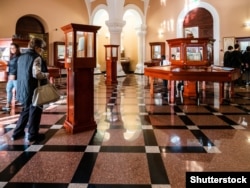Among columns of exhausted ethnic Armenians fleeing the mass killings carried out by Ottoman Turks beginning in 1915, some hid books or ancient documents inside their clothing. For many survivors, the easily hidden manuscripts were the only remnant of their nation that they were able to smuggle to safety.
Thousands of those books and documents eventually arrived in modern Armenia where today they are held in the purpose-built Matenadaran, a storehouse for the country’s historic manuscripts. Many, however, remain in museums and private collections scattered throughout the world.
Now experts at the Matenadaran are involved in a groundbreaking project to place all accessible Armenian manuscripts –- from ancient bibles to medieval cake recipes –- onto a searchable database.
Emma Horopian, the head of public relations for the Matenadaran, told RFE/RL that the project -- formally named the Armenian Manuscript Catalogue Access Platform -- will “store and present manuscript descriptions in a structured and searchable format.”
Convincing all holders of Armenian manuscripts throughout the world to physically relinquish them to Armenia would be virtually impossible, so compiling a searchable database of the manuscripts in one place online is seen as the next best thing.
Gurgen Gasparian, a staff member of the Matenadaran, told local media that the platform will allow “any Armenologist, researcher, or scientist to find the information they are looking for within seconds,” once the database goes online.
Thousands of manuscripts will become findable on the online platform with keywords that include physical descriptions and will be downloadable free of charge. The first stage of the project is planned to go live in early 2026.
The online platform is being funded by a charitable institution set up by the late British-Armenian oil magnate Calouste Gulbenkian.
As the first nation to officially adopt Christianity, Horopian says, Armenia’s manuscripts provide “unique sources for the study of Christianity,” as well as “medieval art, linguistics, and intercultural exchange in the Middle East and Caucasus regions.”


